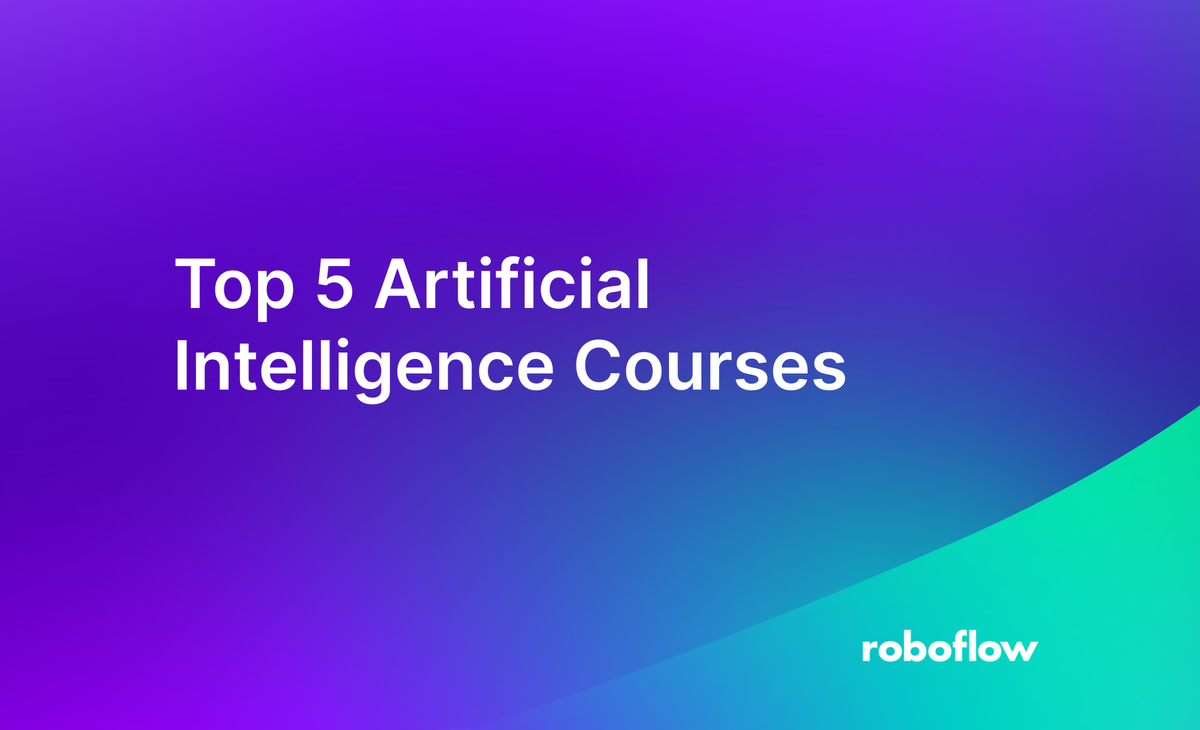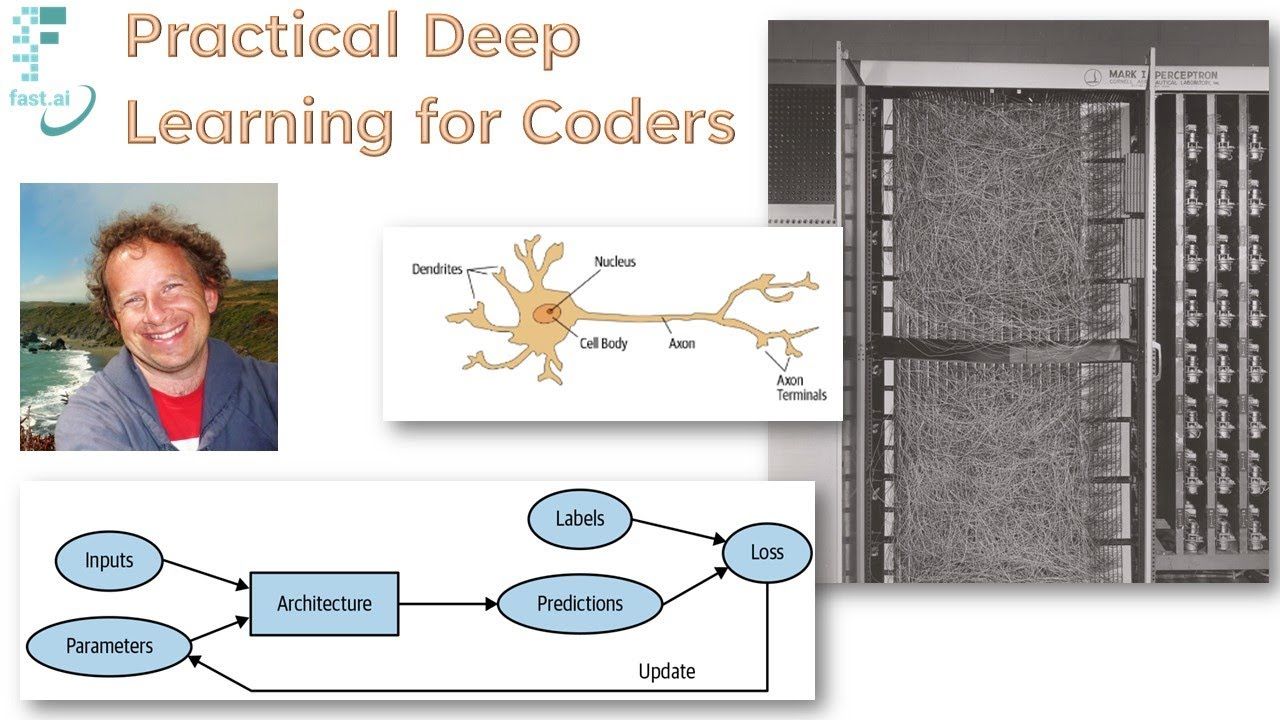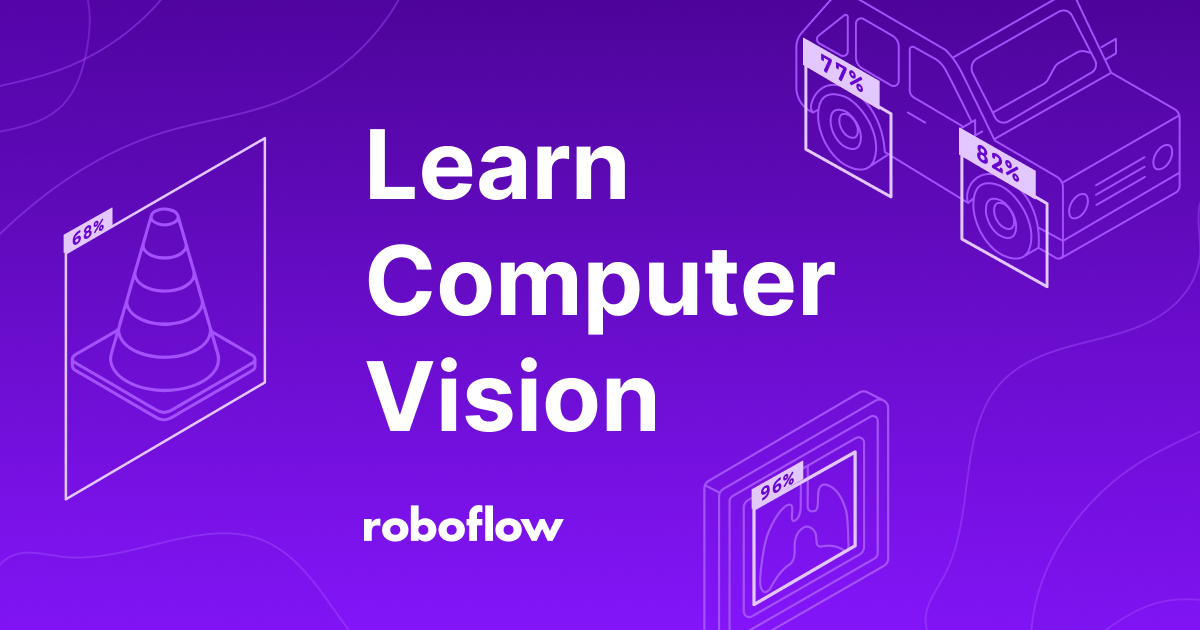
The world of artificial intelligence and the industries within – Natural Language Processing (NLP), computer vision, and more – is changing at lightning speed. In the beginning of 2025 alone, new state-of-the-art models such as OpenAI o3-pro - a new multimodal reasoning model, Gemma 3, SmolVLM2, and other task types have been released and made available for use.
With the industry changing so quickly, and with so many exciting use cases of new AI technologies, one may ask: what courses can help me build an understanding of the field?
There are plenty of artificial intelligence courses available on the web, but choosing one that is both comprehensive, appropriate given your background knowledge, and relevant to your interests can be a daunting task. That’s why our team has compiled a list of the top AI courses that we recommend.
Discover the Best Artificial Intelligence (AI) Courses
In this guide, we’ll review five courses in brief, discussing what you can learn from them, their difficulty level, and more. To find more courses, and the information in this article presented as a table, check out the Courses GitHub repository maintained by Piotr, one of our ML growth engineers. We've also maintain a mix of posts, videos, and resources on our learn computer vision page.
Without further ado, let’s get started.
1. Neural Networks: Zero to Hero

Taught by Andrej Karpathy, a founding member of OpenAI and the former director of AI at Tesla, Neural Networks: Zero to Hero is a comprehensive introduction to how neural networks function. In this series, Karpathy walks through, in detail, neural networks, backpropagation, and language modeling. Throughout the course, Karpathy builds examples with code, allowing you to not only learn the theory but to see how that theory is implemented in practice.
At the end of the course, Karpathy teaches how to build a Generative Pre-trained Transformer (GPT) from scratch using code. This video is an excellent place to build a foundational understanding of GPTs and how they work.
This course is freely available on YouTube as a playlist.
2. Practical Deep Learning for Coders

Jeremy Howard, a computer scientist who runs the fast.ai institute dedicated to helping people learn Deep Learning, teaches Practical Deep Learning for Coders. This course is aimed at people who have coding skills but limited to no knowledge of deep learning. In the course, which has received updates over the years, Howard walks through how neural networks work, how to deploy a deep learning model, the foundations of Natural Language Processing, and more.
Howard’s teaching style is focused on showing examples first, then diving into how they work in detail. Throughout the course, Howard tackles both theory and practice. You can expect to work on tasks such as building a neural network from scratch, building a random forest classifier from scratch, and working with embeddings.
The course is free and available as a YouTube playlist.
3. MIT 6.S191: Introduction to Deep Learning

Running since 2018, MIT’s 6.S191 Introduction to Deep Learning course covers the foundations of neural networks and deep learning. Over the years, the course has amassed a long series of videos, covering topics from reinforcement learning to recurrent neural networks.
The course is being taught again in 2023, with a range of videos on both foundational and new topics. In the 2023 course, you will cover transformers and attention – mechanisms behind many of today’s state-of-the-art models in NLP – convolutional neural networks, generative modeling, among many other topics.
You can find the course for free on YouTube as a playlist.
4. Practical Deep Learning for Coders: Part 2

This course assumes you have completed the aforementioned Practical Deep Learning Coders foundation course, leaving with a solid understanding of the foundations of deep learning. In the second part of the Practical Deep Learning for Coders course, Jeremy Howard walks through the concepts behind Stable Diffusion, a generative image model at the heart of AI-powered artworks.
This course, developed in cooperation with experts from Stablity.ai and Hugging Face, covers, in detail, the theory behind diffusion models. You’ll learn about the different types of diffusion models, samplers, how you can use Hugging Face’s diffusers library to help when working with diffusion models, optimization algorithms, and more.
You’ll also learn some miscellaneous skills such as reading academic papers. Howard will guide you through implementing these papers.
5. Learn Computer Vision by Roboflow

Computer vision is a subset of AI focused on identifying objects in image data. Computer vision has myriad applications across industries, from use in medical imaging to use in identifying defects on products going through an assembly line manufacturing process.
In this course, Roboflow walks through what computer vision is, the different tasks you can complete with computer vision, and more. Through the course, you’ll find videos on how to train and deploy your own computer vision models. Many of the guides, including the tutorial on how to train your first model, require no coding experience.
You can find the course on the Roboflow Learn page.
More Artificial Intelligence Courses Online to Explore
Hungry for more knowledge? We’ve got you covered. Here is a selection of additional courses that may be interesting to you:
- Prompt Engineering Guide by DAIR.AI: A comprehensive guide to prompt engineering.
- Machine Learning Engineering for Production by DeepLearningAI: Learn how to build integrated machine learning systems that reliably operate in production.
- NLP Course by Hugging Face: This course walks through what Transformers are and how they work and how to use Transformers for NLP tasks.
Join the Best Artificial Intelligence Courses
In this guide, we have walked through five artificial intelligence courses we recommend. The courses above cover a range of topics, from the foundations of neural networks to diffusion image models to computer vision. Our guide only scratches the surface of what is out there. The courses above will give you solid foundations in their respective areas, helping to equip you with the AI knowledge you are seeking.
Interested in other courses? Check out our top computer vision courses resource.
Cite this Post
Use the following entry to cite this post in your research:
James Gallagher. (Jun 1, 2025). Top 5 Artificial Intelligence Courses. Roboflow Blog: https://blog.roboflow.com/ai-courses/
